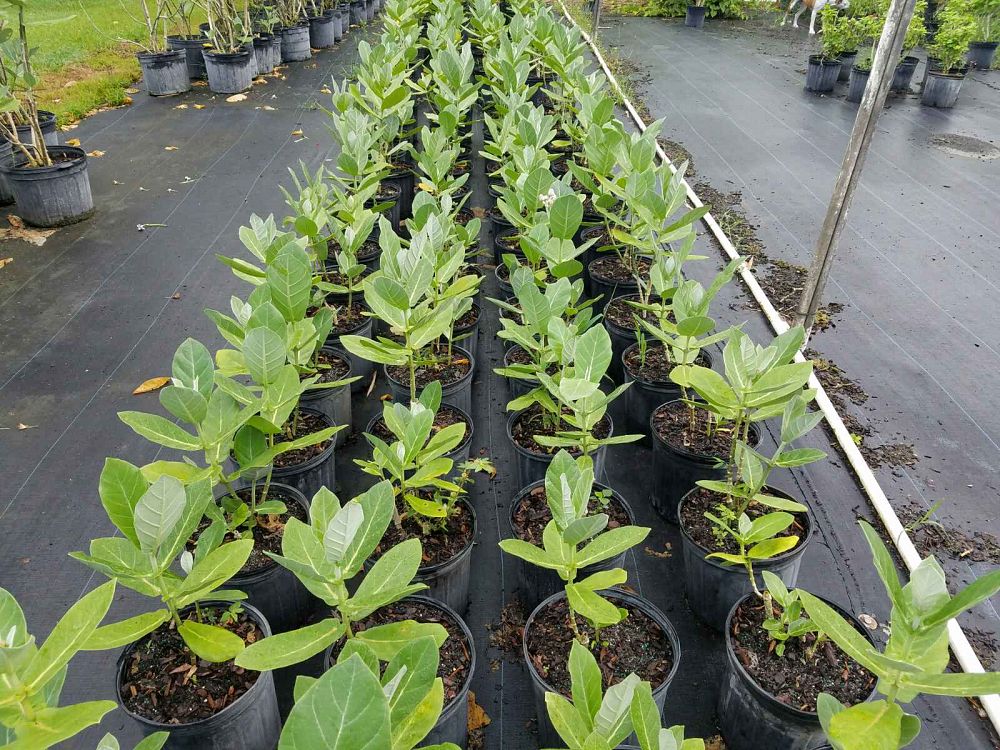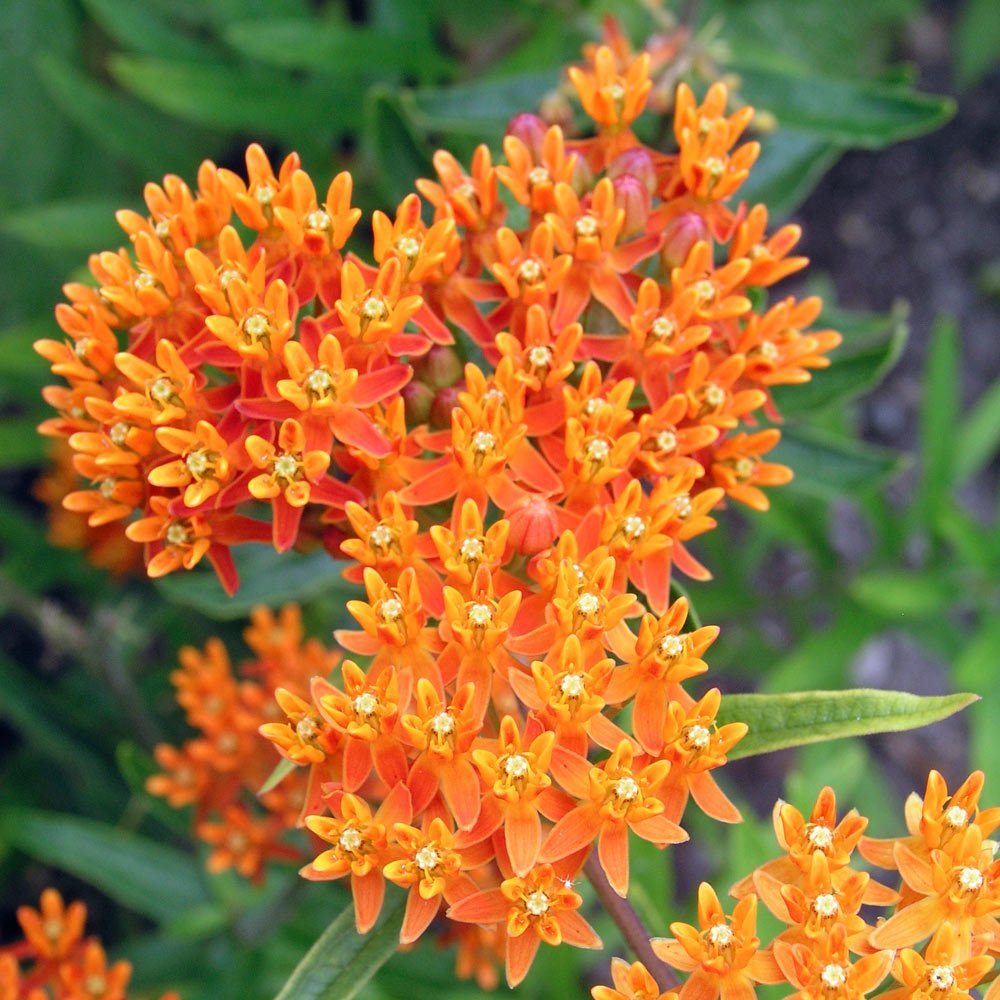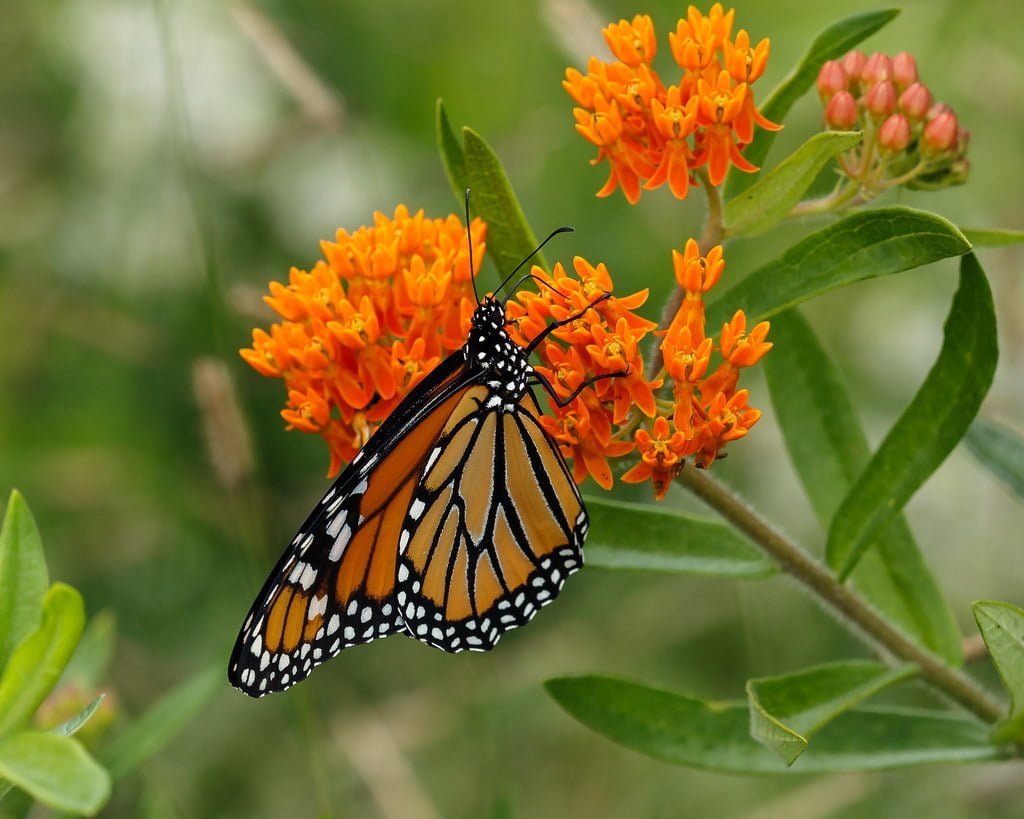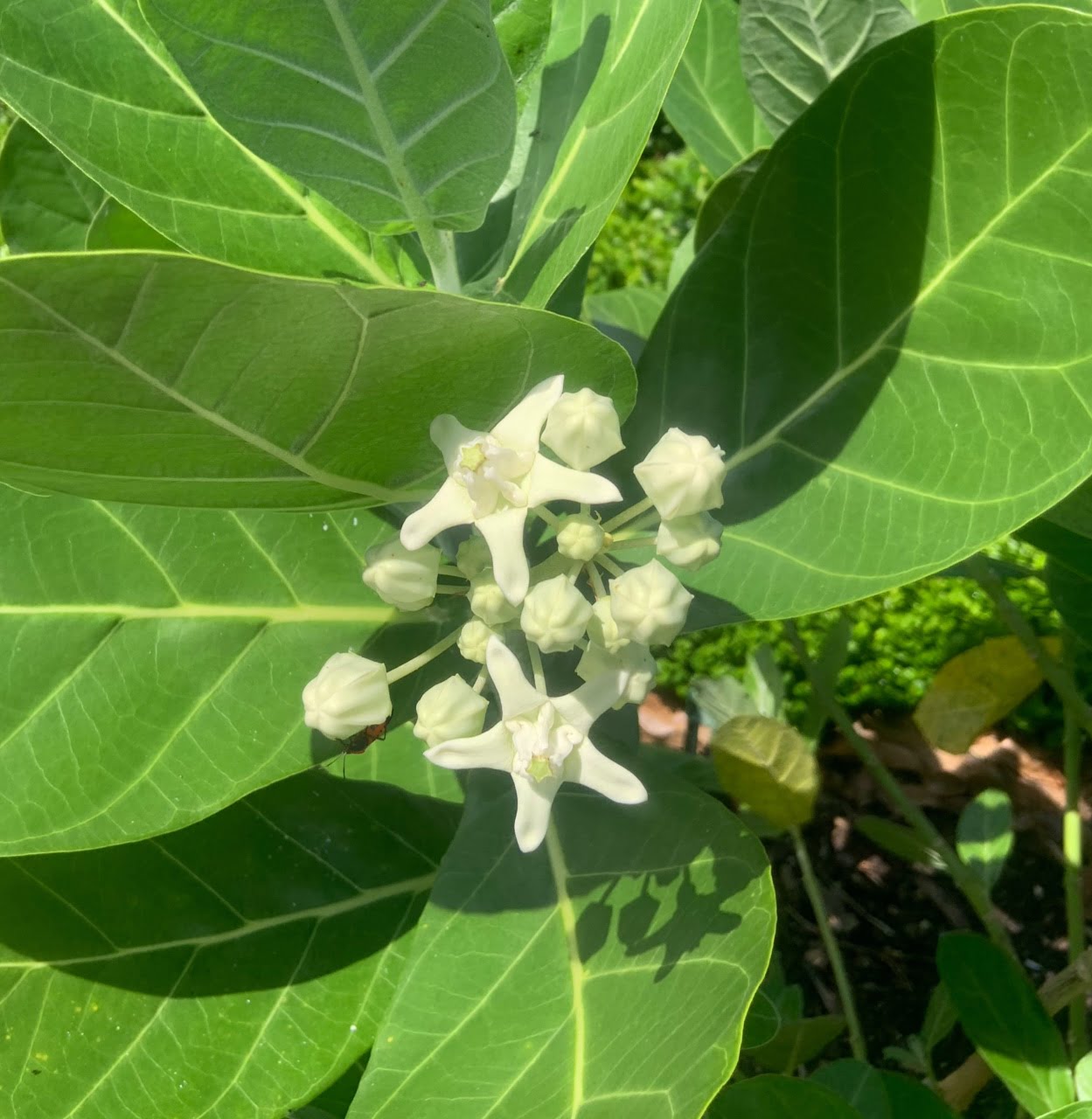Possibly. The Giant Milkweed (Calotropis gigantea) is considered an invasive plant species in certain parts of North America. At the same time, the University of Florida has not completed its analysis to determine if Calotropis gigantea meets the qualifications of “invasive. ” Further, UF promotes Calotropis gigantea as a good alternative Milkweed for Monarch Butterflies.
Background
Native to tropical and subtropical regions of Asia and Africa, Giant Milkweed has been introduced to several areas in North America, including parts of Florida, Texas, and Hawaii. Giant Milkweed is a fast-growing perennial shrub that can reach heights of up to 6-10 feet (2-3 meters). It has large, fleshy leaves and produces attractive clusters of white or purplish flowers. The plant spreads through its wind-dispersed seeds and also through vegetative reproduction, as it can regenerate from its roots?

Non-Native Ecology
In areas where it has become established outside of its native range, Giant Milkweed could outcompete native plant species and disrupt local ecosystems. Its ability to spread rapidly and form dense stands can lead to the displacement of native vegetation and the alteration of habitats. In addition, the plant contains toxic compounds that can be harmful to livestock if consumed.
Milkweed Comparison
In comparison, Orange Butterflyweed (Asclepias tuberosa), is native across most of North America, and can be naturalized in all but the most arid regions (zone 10+). Most importantly, Asclepias tuberosa is not invasive to North America.

Management
To manage the invasive nature of Giant Milkweed, it is important to prevent its spread and control its growth in areas where it has become established. This can involve manual removal, herbicide application, or a combination of methods depending on the specific circumstances. Local authorities, land managers, and conservation organizations often work together to develop strategies for dealing with potentially invasive species like Giant Milkweed in order to protect native biodiversity.
In Summary
While the invasive status of Giant Milkweed remains a bit unclear, your best bet is always to continually plant more of your native Milkweed species. This way, all Milkweed Butterflies will benefit… one day at a time!

Butterfly Milkweed Seeds (Asclepias Tuberosa) for North America
More than 50 Orange Butterfly Milkweed Seeds (Asclepias tuberosa) originating from tobacco country for most of North America.
